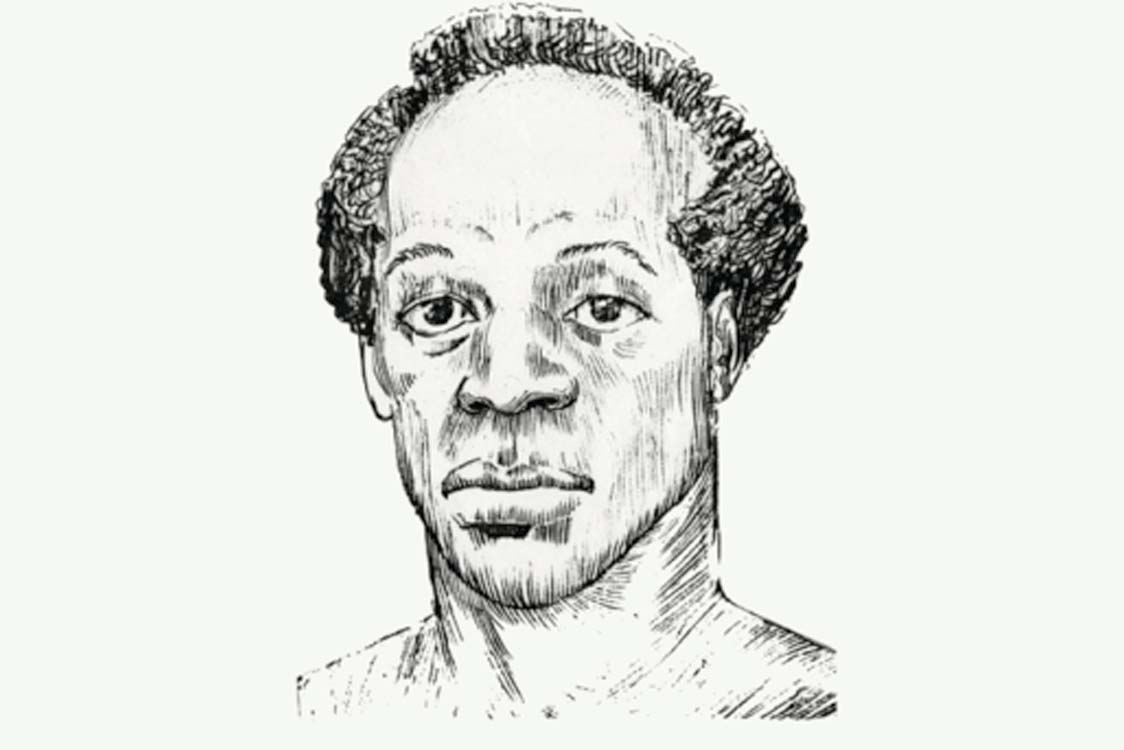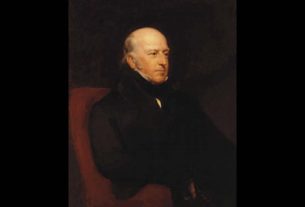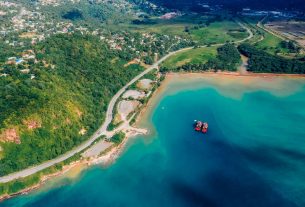The rebellion in Jamaica was the largest in the British Caribbean, and it showed that enslavement could no longer be sustained there.
The enslaved had believed that emancipation was about to happen. Baptist deacon Samuel Sharpe was the leader, and his plan was originally to refuse to work after Christmas 1831 unless wages were paid. However, their demands were refused, and with the burning of the Kensington estate in western Jamaica, the protest escalated into a full-scale rebellion. Over the following days it spread, eventually involving over 60,000 enslaved Africans, and damaging estates valued at over £1 million (about £1 billion in today’s money).
The rebels were no match for the British Forces which included local militia and Royal Navy ships. When the rebellion was finally crushed at the end of January 1832, about 900 enslaved Africans and 14 European planters were died, 207 properties in 5 western parishes and 19 elsewhere had suffered considerable damage. Samuel Sharpe was tried in April 1832, found guilty of rebellion and insurrection, and hanged on 23 May 1832. A week after Sharpe’s execution, Parliament appointed a committee to consider measures for abolition. The Slavery Abolition Act became law on 29 August 1833 and was into force on 1 August 1834. The Jamaica Rebellion hastened an earlier emancipation for the enslaved, and showed that Africans were agents of their own liberation.




